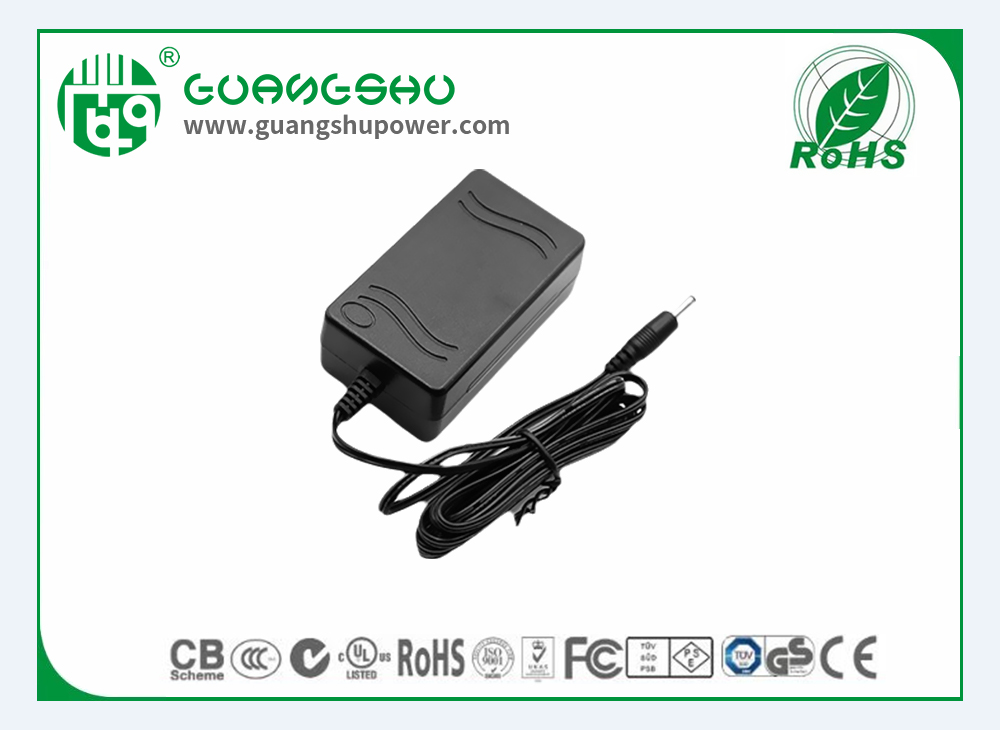Time:2024-09-18 Views:0

Chargers are an essential part of modern electronic devices, used to power or charge various types of electronic devices. With the development of technology, the types and functions of chargers are constantly increasing. The following will provide a detailed introduction to several common types of chargers and their characteristics:
1. Classify according to interface type
USB-A interface charger: a common type of charger in the early days, typically used to charge devices such as smartphones and tablets. With the development of technology, these types of chargers are gradually being replaced by USB-C interfaces.
USB-C interface charger: This is a new type of charging interface that supports faster charging speed and data transfer rate. The USB-C interface can not only be used for charging, but also for video output and data synchronization functions.
Dedicated interface charger: Some devices use dedicated charging interfaces, such as the Lightning interface of Apple devices and the dedicated charging interface of early Nokia devices.
2. Classify according to charging protocols
QC Fast Charge Protocol: Quick Charge (QC) is a fast charging technology launched by Qualcomm, supporting different versions such as QC 2.0, QC 3.0, QC 4.0, etc., with charging power ranging from 5W to 100W.
PD Fast Charging Protocol: Power Delivery (PD) is a universal fast charging protocol that supports USB Type-C interface and can provide fast charging function for different types of devices, supporting charging power of over 100W.
SCP Fast Charging Protocol: SuperCharge Protocol (SCP) is a fast charging technology from Huawei that supports up to 40W fast charging.
VOOC flash charging protocol: OPPO's fast charging technology that supports charging power exceeding 65W.
3. Classify according to usage scenarios
Travel style charger: compact in size, easy to carry, usually equipped with multiple plugs, suitable for use in different countries and regions.
Seat charger: uniquely designed with built-in intelligent recognition circuit, capable of automatically switching output polarity to adapt to different battery positive and negative poles.
Multi port dock charger: equipped with multiple USB charging ports, it can charge multiple devices simultaneously.
Car charger: Powered by the cigarette lighter socket of the car, it can charge electronic devices while driving.
4. Classify based on technical characteristics
Power frequency machine charger: designed using traditional analog circuit principles, with large internal power components, suitable for harsh working environments.
High frequency machine charger: controlled by a microprocessor, small in size and light in weight, but with high requirements for the power grid environment.
5. Classification based on charging power
Low power charger: usually refers to a 5W to 10W charger, suitable for small electronic devices with low charging requirements.
Medium power charger: A charger ranging from 10W to 20W, suitable for most smartphones and tablets.
High power charger: 20W and above, supports fast charging, suitable for high-performance phones, tablets, and even laptops.
conclusion
There are many types of chargers, which can be classified according to different interface types, charging protocols, usage scenarios, and technical characteristics. Choosing a suitable charger should not only consider the compatibility of the device, but also factors such as charging speed and portability. With the advancement of technology, future chargers will become more intelligent.
Read recommendations:
12W European standard Switching power supply
18W Side plug Switching Power Supply